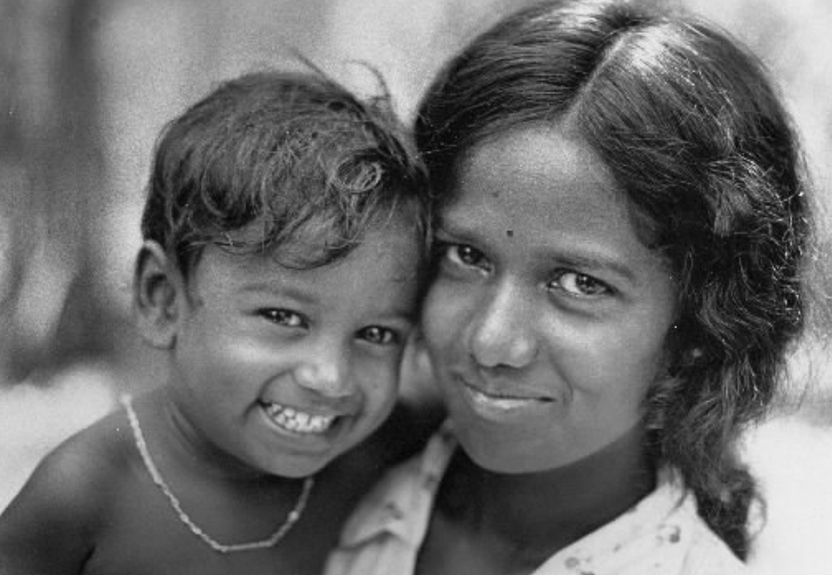More than 300 children from all parts of Kenya celebrated the 20th anniversary of the Convention on the Rights of the Child with a ‘Run for our Rights’, joined by Beijing Special Olympics Gold Medalist Henry Kirwa (centre left).
In November 1989, the United Nations General Assembly adopted the Convention on the Rights of the Child (CRC). Conventions are international treaties with norms and regulations for specific situations or groups of people.
The CRC defines everybody under the age of 18 as a child, including teenagers. World leaders agreed that children and adolescents up to this age should have a special convention to ensure that they receive the special care and protection they need. By signing the convention, governments also recognized that the human rights apply entirely to children, too.
Only a few months after it was adopted, 20 countries had already ratified the CRC. Today, over 190 countries have ratified the CRC, making it the most widely ratified human rights agreement in the world. In fact, only two countries — Somalia and the United States — have not yet given the CRC legal force, although both have expressed their intention to do so.
By ratifying or acceding to the CRC, national governments have committed themselves to protecting and ensuring children’s rights – and they have agreed to be accountable before the international community. In addition, they are obliged to undertake all actions and develop policies to ensure that the best interests of the child are well looked after.
In its 54 articles, the CRC details your rights and how they should be applied. It starts off by saying that all children, regardless of gender, origin, religion or possible disabilities, need special care and protection because children are often more vulnerable than adults. It also says that governments must take action to ensure that your rights are respected. It ends by describing ways of putting theory into practice and monitoring progress. Every right spelled out in the CRC relates to the human dignity and to the harmonious development of every child.
The international community also agreed on two additional, so called ‘optional’ protocols which cover areas where governments could not get a final agreement when they finalized the CRC. These cover the involvement of young people with armed forces and the protection of children from being sold or abused for pornography.
The Convention is guided by four fundamental principles:
- Non-discrimination (Article 2): you should neither benefit nor suffer because of your race, colour, gender, language, religion, national, social or ethnic origin, or because of any political or other opinion; because of your caste, property or birth status; or because you are disabled.
- The best interests of the child (Article 3): in all their decisions, governments have to make sure that first they look into what your best interests are.
- Survival, development and protection (Article 6): the authorities in your country must protect you and help ensure that you can develop as best as possible.
- Participation (Article 12): you have a right to have your opinion taken into account in decisions that affect you.
- Over the past more than 20 years, the CRC has transformed the way children are viewed and treated throughout the world. With these rights come responsibilities, and every young person has a responsibility to make sure that his or her behaviour does not interfere with another person’s rights. Since the CRC gives you the right to freedom of thought, conscience and religion, then you also have an obligation to respect other’s thoughts and religious principles.The CRC also promotes empowerment, and has given children more of a say in development efforts that affect them, from local projects such as peer education and the construction of child-friendly schools to international children’s congresses, interventions before parliaments or the UN General Assembly, and dialogue with world leaders at the G8 Summits. Children’s participation has also influenced such key processes as the development of the UN Secretary-General’s Study on Violence against Children.

